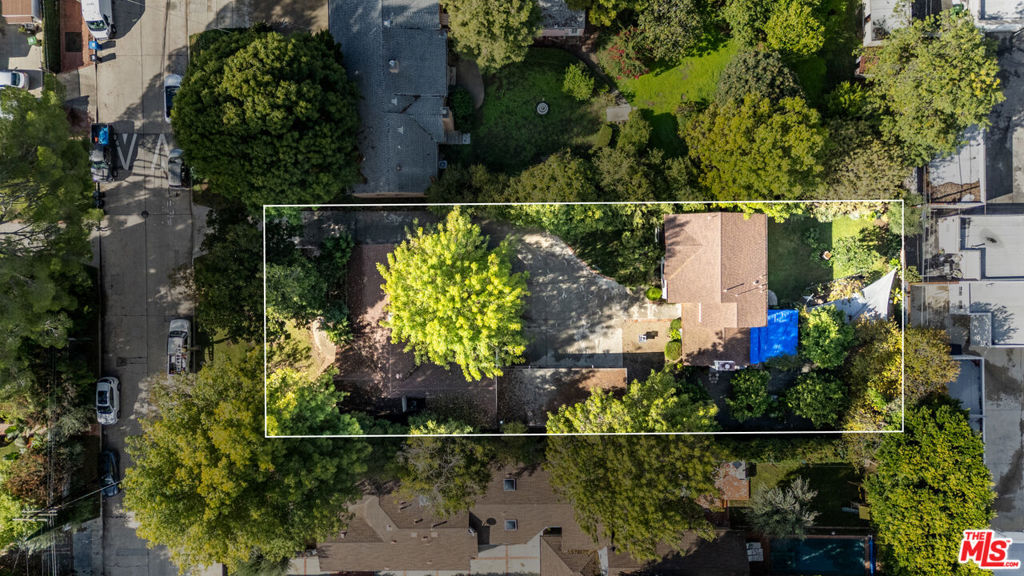It isn’t easy to get excited about the California Probate Code. But we’re pretty stoked about this one. It’s handy to know about it because people never know when they’re going to die. This 850 Petition—sometimes called the Heggstad Petition—can save a lot of time and money. The most common case is when a home that was supposed to be in the family trust did not make it into the document. So, what happens? The house must go through probate! The probate process adds time (sometimes a year) to transferring a home to the heirs or selling a home, so avoiding probate is a good thing.
What Is an 850 Petition?
Probate Code Section 850 of the California Law Code sets up a way for litigants (often beneficiaries) to seek property transfer into or out of a trust. Many people don’t understand the petition (here’s the link to the California Probate Code) or know about it, but it helps immensely when a property was not transferred into a trust before death. It’s a nice gob of grease on the wheel of justice.
When Do People Use 850 Petitions?
The most famous legal case was called ‘Estate of Heggstad,’ which occurred in California in 1993. If you hear ‘Heggstad Petition,’ it’s often used instead of ‘850 Petition’ from this more famous ruling. You may even hear Heggstad used as a verb, as in, “Hey, Monty, did that guy Heggstad the property or not?”
Beneficiaries, guardians, conservators, or claimants can file these petitions when they think the decedent meant for them to have the property. The claims have to be proven. These are the times when working with experienced real estate agents who are versed in probate properties will help you understand the ins and outs of these laws. The CREM Group is owned by Mark Cianciulli, a real estate agent and attorney with probate knowledge, so you get a “twofer.”
Who Gains from 850 Petitions?
Both the beneficiaries and the decedent benefit. Here’s why: sometimes trusts are created (maybe without the help of an attorney, which is not a great idea), and the instructions don’t make it clear that the assets in the estate must be legally transferred into the trust. Let’s repeat: The assets in the estate must be legally transferred into the trust. Thus, the 850 Petition helps the intended beneficiaries if Grandpa either didn’t know the property had to be transferred into the trust or died before executing his intentions. Grandpa benefits because his heirs get the property he intended them to have without a lengthy, drawn-out probate. However, there can be problems.
Where Are the Problems With 850 Petitions?
Problems with 850 Petitions occur when it is difficult for the beneficiaries to convince the courts that the deceased intended to place the property in the trust. In some cases, the decedent’s intentions are cut and dried. In others, there may be instances where fraud is at play. The decedent has to have declared themselves a trustee of the trust. Oh, and the beneficiaries don’t always agree on the trust, which happens a lot.
How Are 850s Used?
These days, 850 Petitions are most often used to make a claim on property that was supposed to be in a trust. Beneficiaries who file these petitions may want to be prepared for other beneficiaries or heirs contemplating a challenge on the trust, as mentioned above. The 850 Petition is worthwhile pursuing, especially if the property was meant to be in the trust, and the paperwork is a slam dunk. They can be used to dispute parts of the trust, too. Call The CREM Group if you have questions!
Why You Should Be Excited
Okay. We have to get a life. Yes. But suffice it to say the 850 Petition cuts through a lot of red tape for the families whose well-meaning parents or grandparents didn’t dot I’s and cross T’s very well; or just didn’t get around to dropping the assets in the trust in time. With our experience in probate and trust properties in Southern California, we can help you be more confident in the areas of buying or selling properties in trusts or conservatorships. Confused about 850 Petitions? Need a crash course on Heggstad? Contact us.
Work with experienced individuals
While the intention for the 850 Petition is to be quick and save time, on the one hand, it is still a judicial proceeding that should be handled with the help of trust attorneys experienced in these petitions. Some scenarios are clear-cut. Others may require research that a probate attorney can tell you ahead of time whether it’s worth your energy. Surround yourself with people (like The CREM Group) who are familiar with real estate markets, homes, and neighborhoods, and who are comfortable with the courts and lenders who deal routinely in probate and trust properties and you’ll be fine.
Mark Cianciulli, founder and owner of The CREM Group, says, “As long-time real estate agents working in and around all kinds of properties in Los Angeles and Orange Counties, our goal is to educate our clients so they know the tips and tricks of buying or selling probate, trust, conservatorship, and “regular” real estate in California.”
As always, contact us by email here if you have any questions about real estate, probate real estate, conservatorship, or trust real estate properties, especially in Los Angeles and Orange Counties in California.
Or directly: Mark Cianciulli, Esq. [email protected]
– – – – –
DISCLAIMER: This content is meant purely for educational purposes. It contains only general information about real estate and legal matters. It is NOT legal advice and should not be treated as such. We recommend consulting a legal or tax professional before acting on any material, opinion, or point of view described herein.



